The Cult of Jagannatha: Myths and Rituals
₹795.00
In stock
The Cult of Jagannatha: Myths and Rituals
Orissan ethnography is presented in a fresh light via the lens of The Cult of Jagannatha: Myths and Rituals. This book gives considerable evidence on the significance of religious orthodoxy, which stands in stark contrast to the mainstream interpretations, which centre on the impacts of tribal groups and the history of aryanization. In Orissa, the shift from the coastal to the interior areas is marked by significant demographic and sociocultural discontinuities. These discontinuities may be seen most clearly while moving from the coastline to the inland regions. These geographical variances are presumably a consequence of aryanization that occurred through time. The historical reconstruction of this process has been the primary pillar on which ethnological narratives have traditionally been built. Traditions that developed in the delta plain are said to have been significantly impacted by the local populations who lived there, particularly those traditions that are connected to the delta plain's two most important centres: the city of Puri and the temple of Jagannatha. The importance of sacrifice symbolism to Puri's religious system is shown by a number of myths and rites. In spite of the fact that it is explicitly linked to an initial asvamedha, which refers to the sacrifice of a horse in the Vedic tradition, the construction of the big temple is nevertheless seen as a modification of the brick-fire altar. These relationships are further confirmed by an astonishing network of orthodox representations, both Vedic and Hindu. [Citation needed] [Citation needed] This acknowledgment of orthodoxy brings us back to the alleged differences between regional traditions. How should one understand the "specificity" of Puri's iconography when it comes to his gods? What kind of respect should be accorded to the Sudras who are in charge of the rituals at the major temple? The current book offers fresh insight into these time-honored inquiries, which are addressed. The "strangeness" of Orissan ethnography is not as baffling as it may seem; rather, it is a specific but exceedingly consistent representation of Indian cultural norms and customs.
Author
Jose Carlos Gomes da Silva
Too Good to Resist Sale is Live BUY AND SAVE NOW
The Cult of Jagannatha: Myths and Rituals
Orissan ethnography is presented in a fresh light via the lens of The Cult of Jagannatha: Myths and Rituals. This book gives considerable evidence on the significance of religious orthodoxy, which stands in stark contrast to the mainstream interpretations, which centre on the impacts of tribal groups and the history of aryanization. In Orissa, the shift from the coastal to the interior areas is marked by significant demographic and sociocultural discontinuities. These discontinuities may be seen most clearly while moving from the coastline to the inland regions. These geographical variances are presumably a consequence of aryanization that occurred through time. The historical reconstruction of this process has been the primary pillar on which ethnological narratives have traditionally been built. Traditions that developed in the delta plain are said to have been significantly impacted by the local populations who lived there, particularly those traditions that are connected to the delta plain’s two most important centres: the city of Puri and the temple of Jagannatha. The importance of sacrifice symbolism to Puri’s religious system is shown by a number of myths and rites. In spite of the fact that it is explicitly linked to an initial asvamedha, which refers to the sacrifice of a horse in the Vedic tradition, the construction of the big temple is nevertheless seen as a modification of the brick-fire altar. These relationships are further confirmed by an astonishing network of orthodox representations, both Vedic and Hindu. [Citation needed] [Citation needed] This acknowledgment of orthodoxy brings us back to the alleged differences between regional traditions. How should one understand the “specificity” of Puri’s iconography when it comes to his gods? What kind of respect should be accorded to the Sudras who are in charge of the rituals at the major temple? The current book offers fresh insight into these time-honored inquiries, which are addressed. The “strangeness” of Orissan ethnography is not as baffling as it may seem; rather, it is a specific but exceedingly consistent representation of Indian cultural norms and customs.
Author
Jose Carlos Gomes da Silva
Additional information
| Weight | 0.5 kg |
|---|---|
| Dimensions | 10 × 11 × 12 cm |
| Book Author | Jose Carlos Gomes da Silva |
You must be logged in to post a review.
-
₹500.00

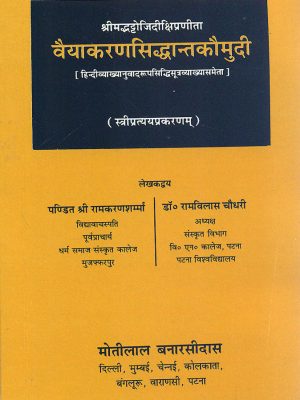
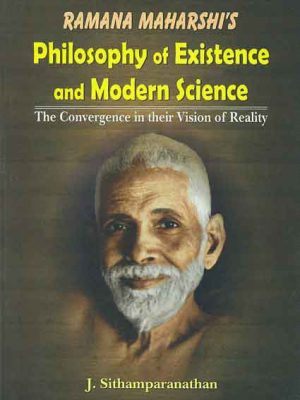
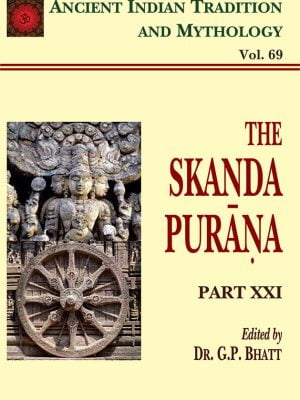
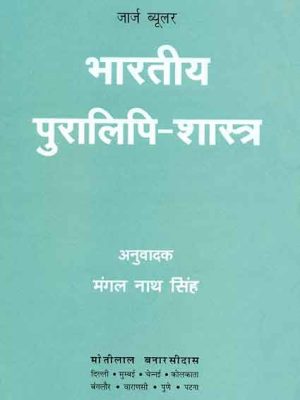
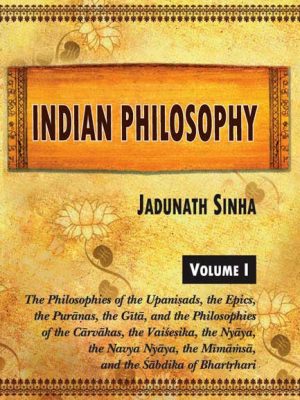
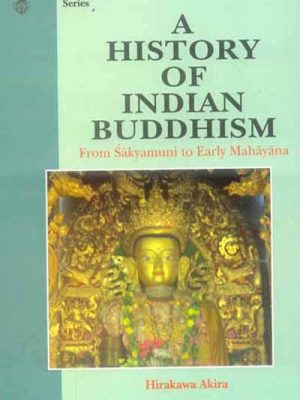
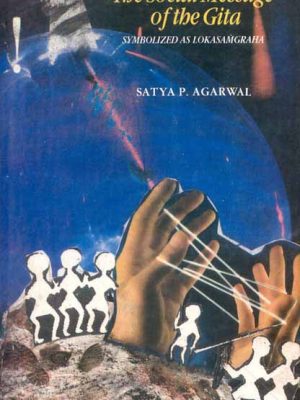
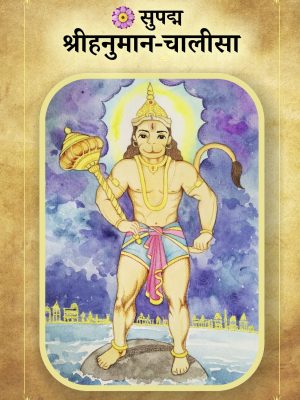


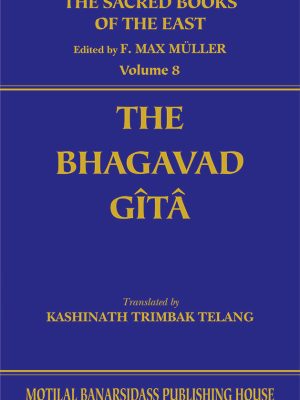
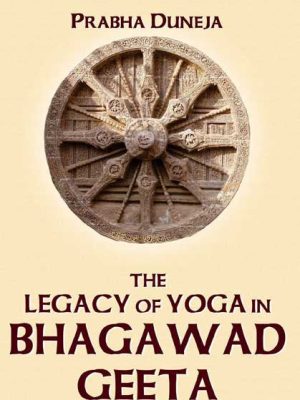
Reviews
There are no reviews yet.